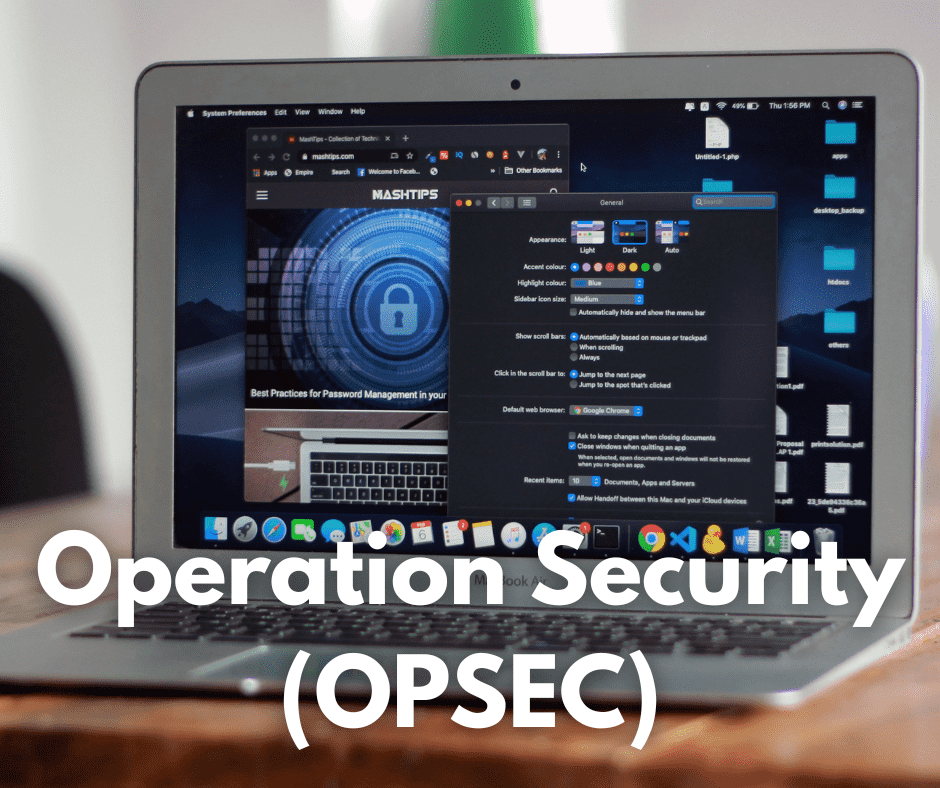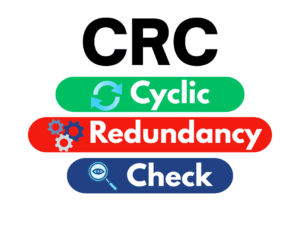Explaining the OPSEC Cycle: The Stages, Significance, and an Actual Real-World Scenario
In this digital world, protection of sensitive data is no longer purely a military concern; it is of utmost importance to businesses, individuals, and even national security. At the center of the information protection strategy lies the OPSEC cycle, which is essentially a structured and repeatable process designed to protect critical information from the adversary.
Whether you work in cybersecurity, are a government contractor, or simply worry about data leaks, understanding the OPSEC cycle needs to be the primary step in managing information resources. This article will go through all five phases of the cycle and give some instances where it comes in handy.
What is OPSEC?
OPSEC is Operations Security, It is the risk management process that is meant to help protect unclassified but sensitive information. OPSEC was conceptualized by the U.S. military during the Vietnam War to counter the threat of the Viet Cong from Project Purple Dragon. Now, OPSEC is across industries.
Unlike encryptions or firewalls, OPSEC is not a technical tool; rather, it is a strategic thought process. It involves analysis of how information is used, how it can be accessed, and how adversaries may exploit it.

What is the OPSEC Cycle?
The OPSEC cycle consists of five phases, designed to pinpoint and secure critical information. It is a continuous process, adapting as threats and technologies, and even operations, evolve.
The 5 Phases in an OPSEC Cycle:
- Identification of Critical Information
- Threat Analysis
- Vulnerability Analysis
- Risk Assessment
- Application of Countermeasures
We will examine each phase in detail.
1. Identification of Critical Information
In this initial step, one identifies what needs protection.
Key Questions:
- What information, if exposed, would harm the organization?
- Is this data linked to ongoing or future operations?
- Does it reveal intent, capabilities, or limitations?
Examples:
- Deployment schedules (military)
- Marketing launch dates (corporate)
- Proprietary code or patents (tech firms)
- PII/PHI in healthcare or finance sectors
Should there be a failure in correctly identifying critical information, then everything related to the OPSEC effort would fail.
2. Threat Analysis
With the critical information identified, the next phase analyses who the threat might be.
This includes:
- Nation-state actors
- Corporate spies/competitors
- Hacktivists or insider threats
- Criminal organizations or lone actors
OPSEC personnel assess the threat’s interest and ability to gather, analyze and exploit the information.
3. Vulnerability Analysis
The vulnerability analysis will be looking at how information is exposed. These vulnerabilities may be procedural, technical, or human.
Examples:
- Public Wi-Fi use by employees
- Loose talk in public places
- Weak access controls or over-permissioned systems
Generally, the analysis will involve red-team testing, simulated phishing attacks, or the examination of various communication channels.
4. Assessment of Risk
With the threats and vulnerabilities having been known, the process goes forth into assessing the possibilities and consequences brought about through exploitation.
Steps:
- Match threats to vulnerabilities
- Prioritize risks based on impact level
- Determine which risks are acceptable and which are not
This is the point at which the cost-benefit analysis enters the OPSEC cycle, weighing considerations about costs of fixing the vulnerabilities against the risk of exposure.
5. Application of Countermeasures
In this last phase, countermeasures are applied that reduce the risk and protect information.
Common Countermeasures:
- Employee awareness and training
- Encryption and secure communications
- Need-to-know access control
- Removal of sensitive data from public-facing documents
They should be dynamic, ever-improving, and customized to the environment and threat landscape at hand.
The OPSEC Cycle Is Continuous
And the most important thing to remember? The OPSEC cycle is not linear; rather, it is continuous.
Threats evolve. Technology changes. Human error is inevitable. This is why OPSEC is a living process that has to be kept on its feet, kept tested, and reinforced constantly.
Why OPSEC Matters Far Beyond Military
Though rooted in defense strategy, OPSEC is widely applied today in:
- Corporations: To prevent data breaches and corporate espionage
- Government contractors: To meet compliance and security standards (e.g., NISPOM, CMMC)
- Journalism: To protect whistleblowers or sources
- Activism: To safeguard sensitive movements or communications
Best Practices to Support OPSEC in Any Organization
Even though it has its origins in military strategy, nowadays, the OPSEC finds applications:
- Conduct regular OPSEC training
- Limit unnecessary information sharing (inside and outside)
- Use secure collaboration tools
- Enforce need-to-know principles
- Designate an OPSEC officer or coordinator
Incorporate OPSEC into the organizational culture rather than simply evaluating it as a one-time compliance status.
In Last
Understanding and application of the OPSEC cycle would be the most crucial element in safeguarding useful information. Whether in boardrooms or battlefields, this structured approach helps orchestrate leak prevention, threat mitigation, and operational advantage.
Frequently Asked Questions (FAQs)
Q1. What is the difference between OPSEC and INFOSEC?
Ans: OPSEC seeks to identify and protect critical information from adversaries. INFOSEC, in contrast, is more technical and aims at securing systems, data, and communications.
Q2. Who is responsible for OPSEC?
Ans: Everybody. While senior management may set the tone, all employees and involved stakeholders bear the responsibility to observe OPSEC.
Q3. Is OPSEC only for the military?
Ans: No. OPSEC is becoming popular nowadays also in private sectors, journalism, nonprofits, and personal security planning.
See This Also: Steve Zahn Net Worth (2025): Career, Earnings, Assets, and Financial Growth

